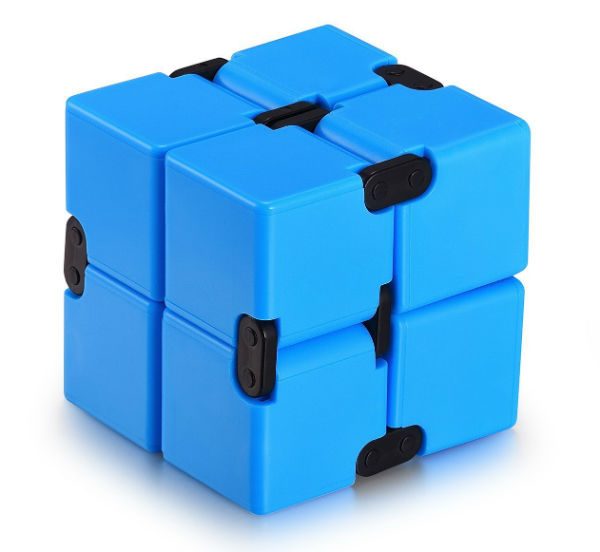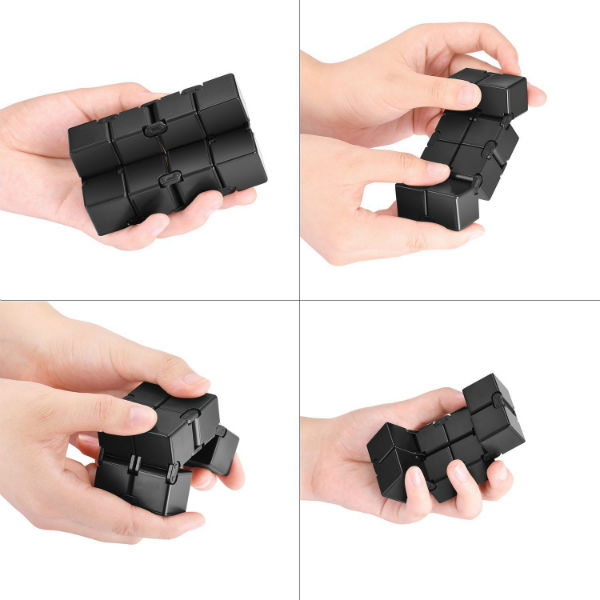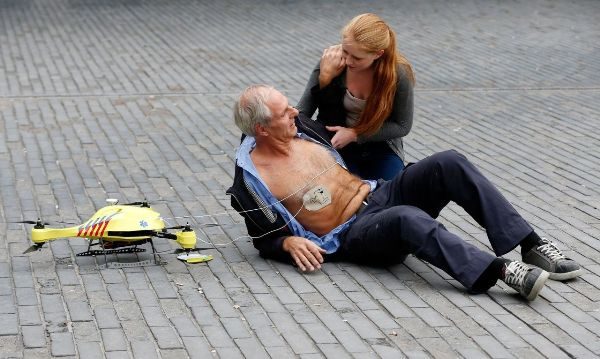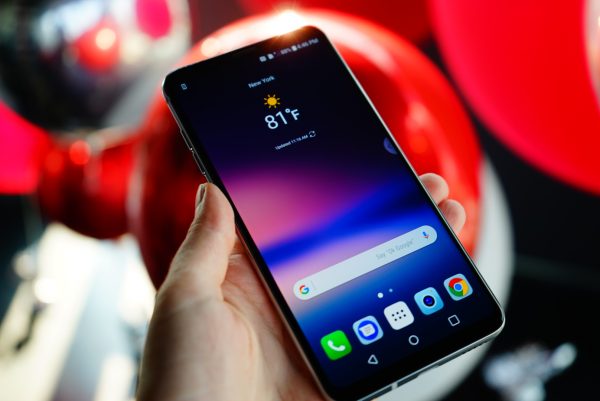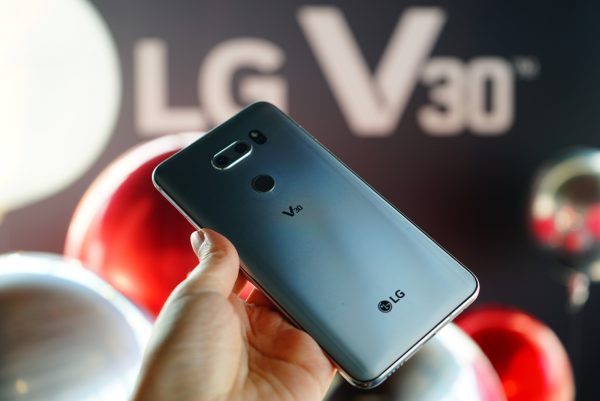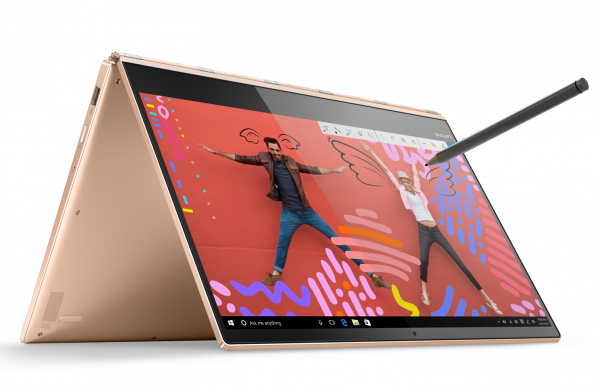
Lenovo’s Yoga Convertible series is a lot like a fine wine that keeps getting better with age. Now up to its 6th generation, the Yoga 920 which was just announced at IFA, is not a drastic overhaul compared to its predecessor, but it packs in plenty of improvements, many of which have been based on user feedback. For example, so that you don’t have to look unflattering on video chats anymore, Lenovo has moved the webcam back up to the top. They’ve also included a large shift key this time around.
The display on the new Yoga is a near edgeless display (5mm (.19in) l/r) and under 14mm (.55in) thin, and it can be configured with a 4K 13.9″ UHD (3840 x 2160) IPS Touchscreen. But what’s especially exciting about the display is that for the first time, the Yoga is Active Pen compatible, so it’s ready for all your scribbles and master pieces. Lenovo has added far field voice mics which allow you to ask Cortana questions – even while the laptop is sleeping. There’s also an instant fingerprint login with Windows Hello compatibility.
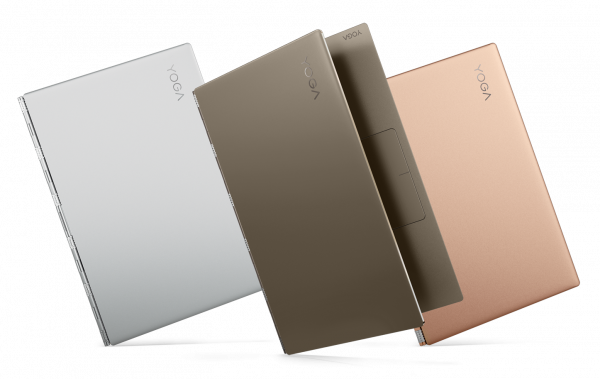
On the other hand, the look of the Yoga has more or less remained the same – it’s still strutting an all-metal unibody design with its unique 360-degree watchband inspired hinge. But they have thrown in two new color choices. So in addition to platinum, it’s available in new copper and bronze colors. Of course, the Yoga remains svelte, measuring 12.72″ x 8.8″ x 0.55“ inches and weighing just a little over 3 lbs.
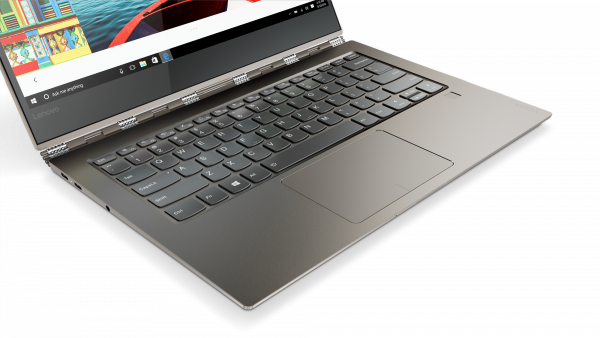
Performance wise, we don’t expect the 920 to be a slacker. To that effect, the system can be configured with up to 8th Gen Intel Core i7 processor, a 1 TB SSD and 16 GB of DDR4 RAM. Battery life is claimed to be 10.8 hours with a UHD display and, 15.5 hours with an FHD display. The Lenovo Yoga 920 will be available in October.
Filed in categories: News
Lenovo’s Yoga 920 gets updated with new colors and Active Pen support originally appeared on The Gadgeteer on September 1, 2017 at 8:00 am.
Note: If you are subscribed to this feed through FeedBurner, please switch to our native feed URL http://the-gadgeteer.com/feed/ in order to ensure continuous delivery.

